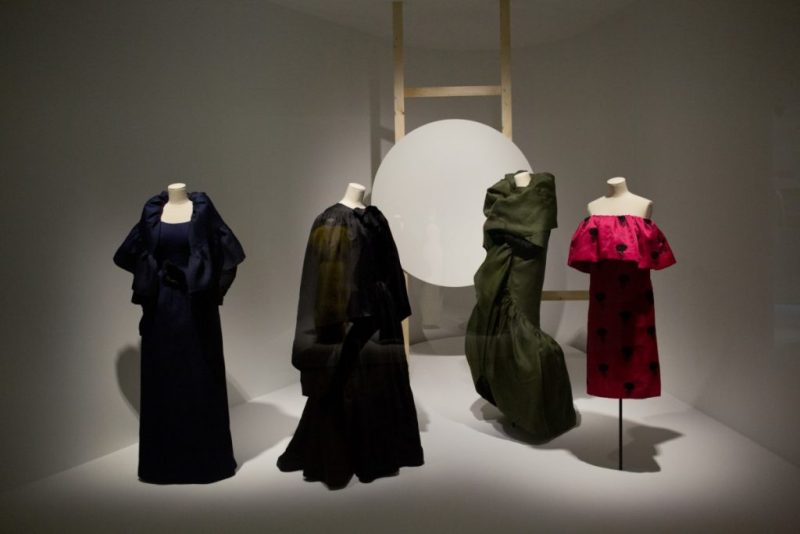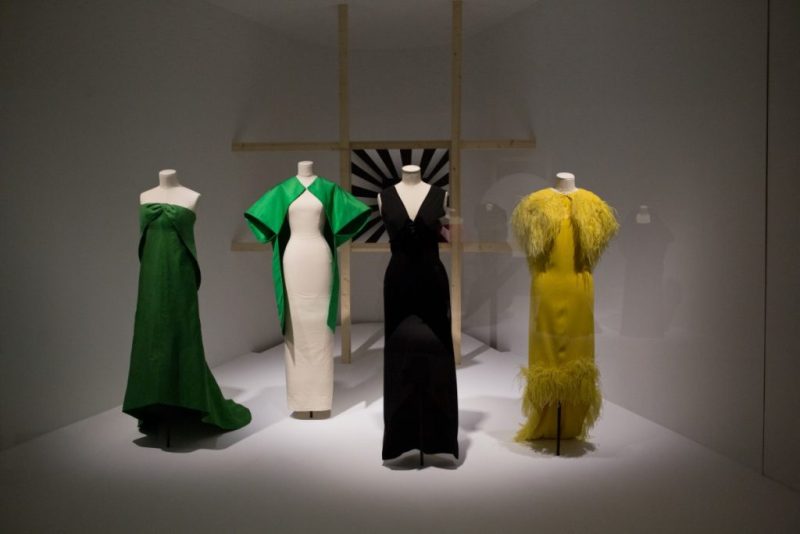Подпишитесь на «Журнал «Financoff»

In the annals of fashion history, few stories are as compelling as that of Cristóbal Balenciaga, whose ascent from a modest town in the Basque Country to the zenith of Parisian fashion is a testament to his enduring legacy. Born in 1895 in the quaint town of Getaria, Spain, Balenciaga’s early life in a working-class household was instrumental in molding his future as a legendary designer. The seeds of his future success were planted by his mother, a talented seamstress who imparted her knowledge of textiles and design to her son. These formative experiences were crucial in establishing the foundations of Balenciaga’s future fame.
Balenciaga’s rise in the fashion industry began in earnest in his 20s when he launched his own fashion boutiques in the Spanish cities of San Sebastian, Madrid, and Barcelona. His innovative designs quickly garnered the attention of the Spanish elite. However, the Spanish Civil War’s onset in 1936 prompted a significant shift in his career, leading him to relocate to Paris in 1937. In the French capital, Balenciaga entered the echelons of high fashion, joining esteemed contemporaries like Coco Chanel and Elsa Schiaparelli, and infusing his unique sensibilities into the world of haute couture.

The Disney+ Spain series “Cristóbal Balenciaga,” masterminded by Lourdes Iglesias, explores the designer’s transformative Parisian years. The show, with Alberto San Juan portraying Balenciaga, traverses his path to fame, the obstacles he overcame, and his monumental impact on fashion. Iglesias underlines Balenciaga’s hands-on design methodology, eschewing traditional sketches in favor of a more intuitive approach, underscoring his mastery in dressmaking.
Balenciaga’s peers widely acclaimed his extraordinary talent. Icons like Christian Dior praised him as the unparalleled master, and Coco Chanel recognized him as the quintessential couturier. Balenciaga’s influence extended to a loyal following of high-profile clients, including celebrities like Grace Kelly, Wallis Simpson, and Marlene Dietrich, as well as influential American fashion editors such as Carmel Snow and Diana Vreeland.
The series also delves into Balenciaga’s personal tribulations, particularly the loss of his beloved partner and lead milliner, Wladzio Jaworowski d’Attainville, in 1947. Despite these hardships, he relentlessly pursued innovation, crafting groundbreaking designs and experimenting with materials like “gazar” silk, which facilitated the creation of his iconic, architectural silhouettes.

After Balenciaga’s death in 1972, the brand experienced a hiatus until its reinvigoration by Jacques Bogart SA in the mid-1980s. The appointment of Nicolas Ghesquière as Creative Director in 1997 signaled a new era, rejuvenating the brand and appealing to contemporary fashion aficionados. Today, under Demna’s stewardship, Balenciaga has reclaimed its stature in haute couture, solidifying its relevance in the current fashion scene.
“Cristóbal Balenciaga” is more than a tribute to the designer’s legacy; it is a reflection on the ever-changing fashion landscape, contrasting Balenciaga’s preference for privacy with today’s culture of public display and social media. The series offers a unique glimpse into the journey of a visionary who profoundly altered the fashion world, emphasizing the importance of recognizing the historical roots of a brand that has achieved international fame.